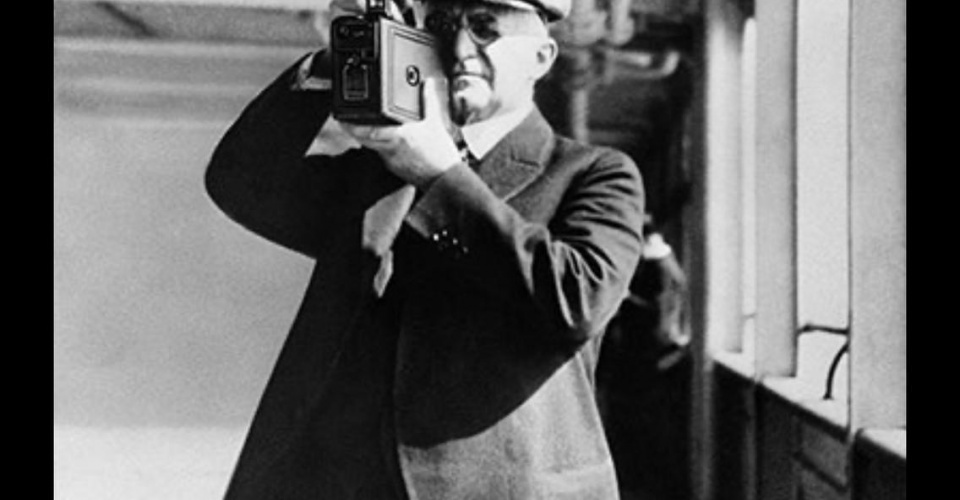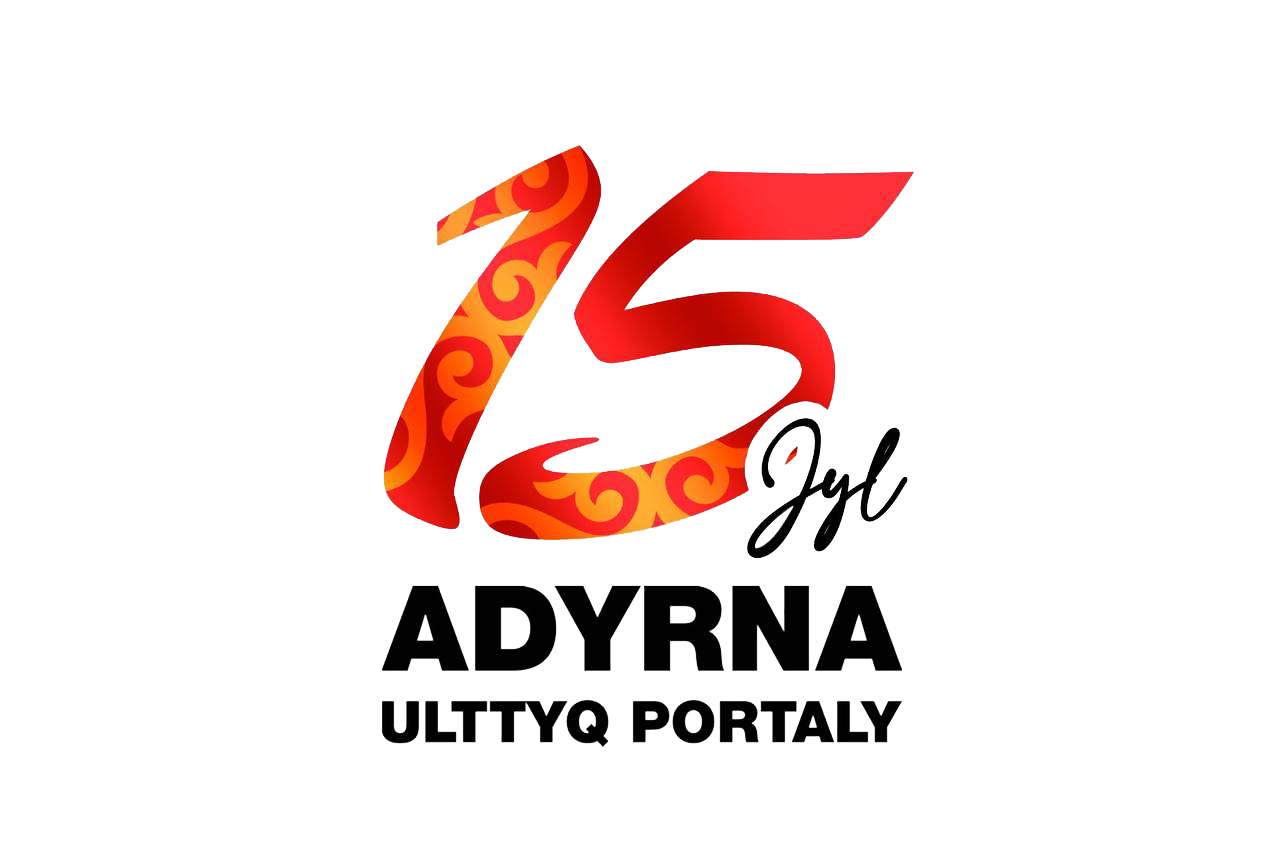George Eastman is an American entrepreneur, innovator, millionaire, philanthropist. Founder of Eastman Kodak Corporation. Photography became a mass trend thanks to the camera invented by George Eastman.
George Eastman was born on July 12, 1854 in Waterville, southwest of Utica, New York. When George was five years old, his father sold his entire farm and company and moved the family to Rochester.
And George Eastman had a poor school record. The teachers classified him as a low-ability student. George dropped out of school at the age of 14 to work for a local insurance company.
After working there for 5 years, he transferred to the Savings Bank of Rochester as a junior clerk.
In 1877, the US government built a naval base in the Dominican Republic under the pretext of protecting it from Spanish colonists. George Eastman, knowing that a city will appear where a military base is established, and real estate prices will skyrocket, decides to go to Santo Domingo for the purpose of commercial exploration. Colleagues advise him to take a camera to take pictures of places and objects in the Dominican Republic. The camera of that time had many features: a heavy tripod, a camera the size of today's microwave ovens, fragile glass plates, a jar of water and chemicals, liquid emulsion, a light-proof cover.
Carrying and using a camera in the 19th century was very complicated. Apply photosensitive emulsion to the glass plate of the camera and take the photo before the emulsion dries. A light-proof cover is used to wrap the camera to prevent the emulsion from drying out too quickly. The camera was so complicated that George Eastman had to hire a special photographer to teach him how to take pictures. The weight of the camera with all its accessories was equal to 20 kilograms, and the price was 5 dollars. However, Eastman's business trip was canceled due to changes in the working order of the bank. However, the heavy camera made him think deeply.
Looking for a way to simplify the construction of the camera, George read an article in one of the English magazines about the possibility of applying gelatin emulsion to a glass plate. The advantage of gelatin emulsion is that even if it dries after being applied to the glass, you can continue to take pictures. He works in a bank during the day, and sits in his kitchen at night, taking care of making gelatinized photoemulsion. According to his mother, there were times when George slept on the kitchen floor with his clothes on. The most interesting thing is that no one has improved this innovation and patented it in their name. In 1879, George Eastman developed a dry photographic plate and patented it in his own name. In 1880, he also received a patent for a machine for producing dry photographic plates.
The first photo he took on the very first Kodak camera he built
Feeling that his innovative innovations will bring huge profits, he takes care of creating a new enterprise. A friend of his father encourages Henry Strong to invest in a new business. Enthusiastic about the young innovator's idea, Henry Strong offers $1,000 as an initial investment. In 1881, he leased the third floor of one of the buildings in Rochester and registered the Eastman Dry Plate Company. He quit his job at the savings bank and decided to develop and improve the camera and its parts.
The first year of entrepreneurship was difficult. Due to the carelessness of the company's employees, low-quality photographic plates are distributed on the market. In order not to upset the customers, new quality photo plates will be distributed to each of the buyers. This incident will cause the company to lose money, but it will be remembered by customers as a responsible enterprise. Henry Strong pours another $5,000 into his friend's son's business.
At the end of the 70s of the XIX century, celluloid material was invented. George Eastman now applies gelatin to celluloid, not glass plastic. Based on this innovation, in 1883, the Eastman Dry Plate Company produced roll films suitable for all glass plate cameras. This is how the first image of the films in the cameras that our parents and our parents used until yesterday was born. Due to the production of a new type of product, the name of the company will be changed to "Eastman Dry Plate and Film Company". Eastman's hopes that roll film would displace glass plates from the market were not realized. Photographers have long preferred to use glass plates. Nevertheless, despite the slow development of George Eastman's business, the income of his company reached 200 thousand dollars in 1885.
The preference of glass plates over roll film by many photographers prompted George Eastman to take new steps. Admiring photographers, he wanted to make the camera accessible to everyone. Another type of product was needed to make the roll films appealing to consumers. In 1888, he built the first model of a small camera called "Kodak". The camera was simple, did not require a tripod, and was easy to carry, but the price was expensive: 25 dollars including the price of the camera and the 100-frame film in it! It is two times more than the average salary of employees at that time. Few buyers themselves were skeptical about the future of the new camera. After taking 100 frames, the owner of the camera would bring the camera to the manufacturing enterprise, print 100 images on paper, and pay another 10 dollars to the enterprise to put the next 100 frames of film.
On September 4, 1888, "Kodak" was registered as a trademark. In 1892, the name of the corporation was changed to "Eastman Kodak Company".
In order to lower the price of the camera, Eastman tried to reduce production costs. In 1900, George Eastman markets the Brownie camera, made of cardboard. Due to the small amount of expenses, the price has decreased by 25 times. The price of the Brownie camera was $1. The people who bought a cheap camera took pictures of each other and were happy. "Brownie" has become a household item.
As an advertisement for the Eastman company, a very successful phrase is used: "You just press the button, we do the rest!". They use photos of girls holding cameras in their advertising pictures. In 1897, Kodak set up a booth in London's Trafalgar Square using electric lamps. It also prohibits stores selling Eastman Kodak Company cameras from selling cameras from other competitors. For this behavior, the US government called him an "underground monopolist".
The word "Kodak" has no meaning. According to George Eastman, he loved the letter "k". He wanted the name of his new product to start with the letter "k" and end with the letter "k". After thinking about some words, he decided to name his camera "Kodak".
George Eastman is a millionaire known in history for his generosity. He started charity work not when he was a millionaire, but when he was an ordinary employee. While working as a bank employee, the salary will increase from 50 dollars to 60 dollars. The newly added $10 was transferred every month to the endowment of the Rochester Mechanics' Institute. In 1899, a dividend was assigned to each of the workers in the company according to their salary. Eastman Kodak Company, during the boom, invests 20 million dollars in the Massachusetts Institute of Technology. A significant part of his company's employees are specialists who graduated from this university not long ago.
In 1907, after two years of severe encephalitis, George's mother died. Grief gripped George Eastman.
Eastman emphasized the social condition of the workers in the enterprise. Additional benefits were paid to workers of retirement age. Established a health and life insurance fund for employees. Disabled workers were provided with special work and wages.
Photo of Egyptian Sultan Hussein Kamil taken with Kodak camera
In 1919, he distributed a portion of the corporation equal to 10 million dollars to his employees. 2.5 million dollars will be invested in a dental clinic in Rochester. Not limited to Rochester, it also finances dental treatment centers in Paris, London, Brussels, Stockholm and Rome. "The money spent on this field makes me feel very happy," he says. "Mouth, throat, nose, teeth should be taken care of from childhood."
In 1924, he founded the Eastman School of Music with his own funds. In 1924, when he was in deep depression, he called his accountant to him and wrote a check for a total of 30 million dollars to the Massachusetts Institute of Technology, the Rochester Institute, the Hampton and Tuskegee Negro Institutes. After sending the check, he straightened his head and said, "Now I feel relieved." Research experts say that if George Eastman had not devoted himself to charity, his fortune would have been 250 million dollars. For us, he is Atymtai Jomart, who lived only recently. During the Great Depression of the 1930s, Eastman distributed 500,000 new cameras free of charge to 500,000 children over the age of 12.
From 1930, George Eastman's health deteriorates dramatically. Doctors tell her that she has a disease similar to her mother's disease and that there is no cure for this disease. This disease is now called spinal stenosis. George, who could not bear the pain of the illness, shot himself with a pistol on March 14, 1932. Before dying, he said, "It's over. What should I expect now?' wrote a letter. At that time, out of the remaining 25 million dollars, he signed 5 million dollars in the name of his nephew and transferred the remaining amount to charity funds.
Interestingly, although George Eastman was the president of a camera manufacturing company, he did not take many photographs himself.
Concept: Responsibility is an entrepreneur's internal motivation. Profit is the external motivation of the entrepreneur. George Eastman had a large share of the initial motivation. Other professional qualities helped with that responsibility.
Other materials
Adyrna.kz ұлттық порталының маңызды ақпараттарына жазылу
Соңғы жаңалықтар туралы хабардар болыңыз


















